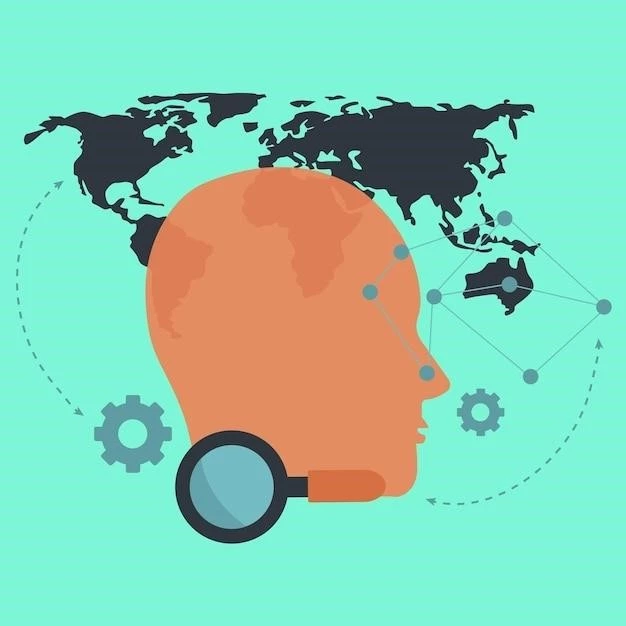Introduction to Neurasthenia
Neurasthenia, also known as nervous exhaustion, is a condition characterized by physical and mental fatigue with various accompanying symptoms. The term has roots dating back to the 19th century.
Neurasthenia has a rich history dating back to the 19th century when it was widely diagnosed and popularized٫ particularly in America and Europe. The term٫ also known as nervous exhaustion٫ was used to describe a range of symptoms related to physical and mental fatigue. Over time٫ various cultural and social factors influenced the understanding and perception of neurasthenia٫ leading to its prevalence in different regions and among different demographic groups. Despite changes in diagnostic trends and treatment approaches٫ neurasthenia remains an intriguing aspect of medical history.

Signs and Symptoms of Neurasthenia
Neurasthenia presents a range of symptoms such as physical and mental fatigue, irritability, insomnia, headache, anxiety, and autonomic nervous dysfunction.
Common Symptoms Associated with Neurasthenia
Neurasthenia, or nervous exhaustion, is linked to symptoms like fatigue, headache, irritability, insomnia, anxiety, and manifestations of autonomic nerve dysfunction. These common signs can affect individuals physically and mentally, influencing their overall well-being.
Causes and Risk Factors of Neurasthenia
Neurasthenia may arise from prolonged stress, anxiety, or physical exhaustion, potentially impacting individuals aged between 20 to 40 years, with some cultural or social influences contributing to its development.
Overview of Neurasthenia as a Historical Disease
Neurasthenia, also known as nervous exhaustion, has a historical significance dating back to the 19th century when it was a prevalent diagnostic term with varying cultural and social influences impacting its understanding and treatment over the years.
Diagnosis and Treatment of Neurasthenia
Diagnosis involves recognizing symptoms through assessments like physical exams and psychological evaluations. Treatment may include therapy, lifestyle changes, and medication.
Potential Causes Leading to Neurasthenia Development
Neurasthenia, or nervous exhaustion, can develop due to prolonged stress, anxiety, physical exhaustion, and certain cultural or social factors, particularly impacting individuals between the ages of 20 and 40 years.
Available Treatments and Therapies for Neurasthenia
Treatments for neurasthenia may encompass therapies such as Morita therapy involving rest and isolation, along with lifestyle adjustments, counseling, and pharmacological interventions to address the physical and mental fatigue associated with the condition.
Neurasthenia⁚ Myths and Realities
Neurasthenia has been associated with myths like being predominant among females and misunderstood as a mental disorder caused by stress or anxiety.
Dispelling Common Misconceptions Surrounding Neurasthenia
Neurasthenia, often labeled as a female malady, is actually a condition affecting both genders, characterized by symptoms of fatigue, anxiety, and other neuropsychological manifestations rather than only a mental disorder caused solely by stress or anxiety.
Neurasthenia in Contemporary Society
Neurasthenia, once considered a female malady, is now understood as a condition affecting both genders with symptoms of fatigue, anxiety, and neuropsychological manifestations. It remains relevant in contemporary society.
Understanding the Relevance of Neurasthenia in Modern Times
In modern times, neurasthenia is still a recognized condition, impacting individuals of varying genders and presenting symptoms like fatigue, anxiety, and neuropsychological manifestations. Despite changes in diagnostic approaches, this historical disease continues to hold significance in contemporary society.
Prevention and Management of Neurasthenia
Neurasthenia, commonly known as nervous exhaustion, can be managed through rest, therapy, lifestyle changes, and medication, with prevention strategies focusing on stress management and self-care practices.
Strategies for Preventing and Coping with Neurasthenia
To prevent and cope with neurasthenia, individuals can focus on stress management techniques, maintain a balanced lifestyle, seek social support, engage in regular physical activity, practice relaxation methods like meditation or yoga, and ensure adequate sleep and nutrition.

Research and Studies on Neurasthenia
Neurasthenia, a condition of physical and mental exhaustion, has been extensively studied in connection with chronic fatigue, depression, anxiety, and its historical and cultural implications.
Insights from Recent Research Regarding Neurasthenia
Researchers have delved into various aspects of neurasthenia, studying its correlation with chronic fatigue, depression, anxiety, and the historical and cultural context influencing its diagnosis and treatment approaches.
